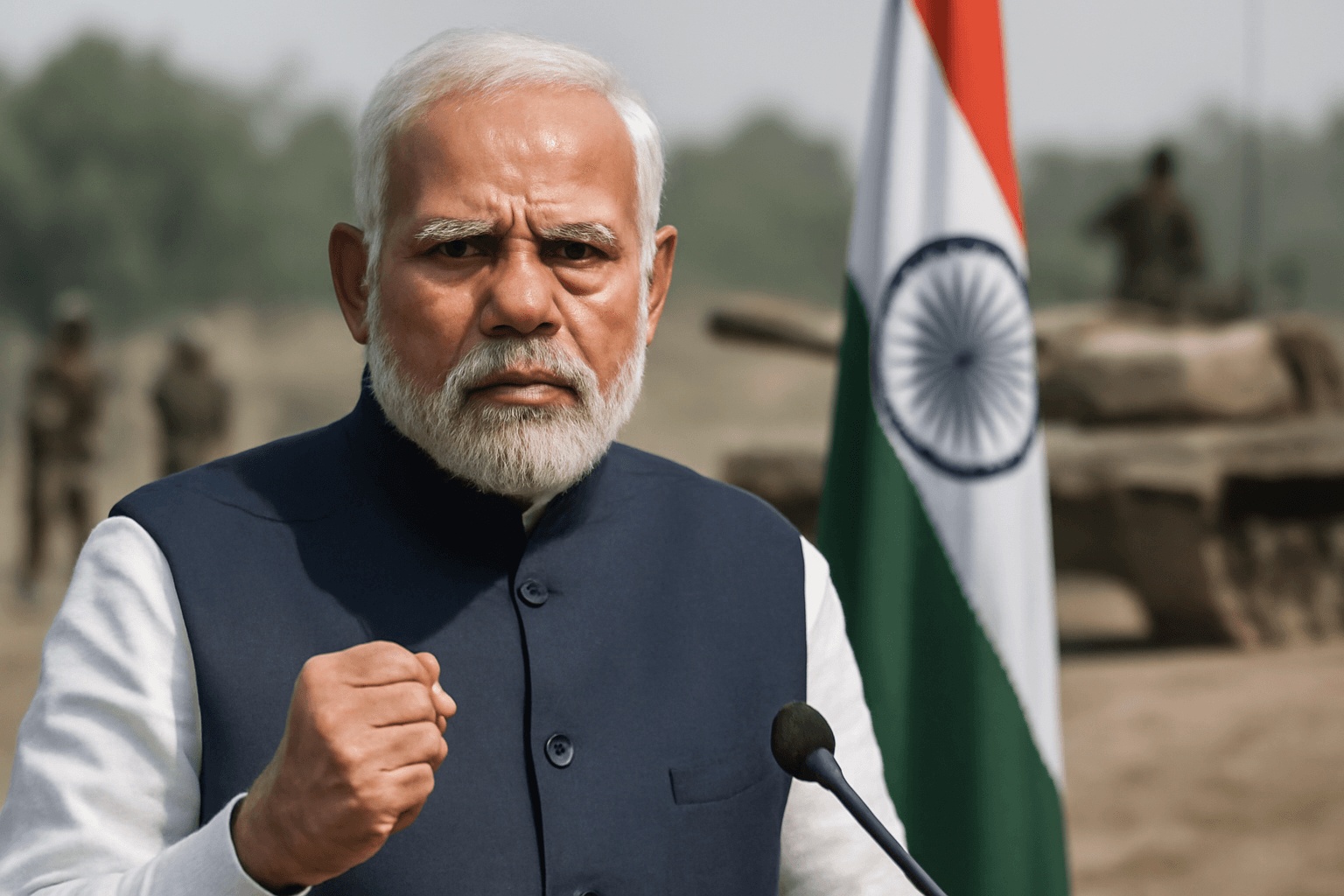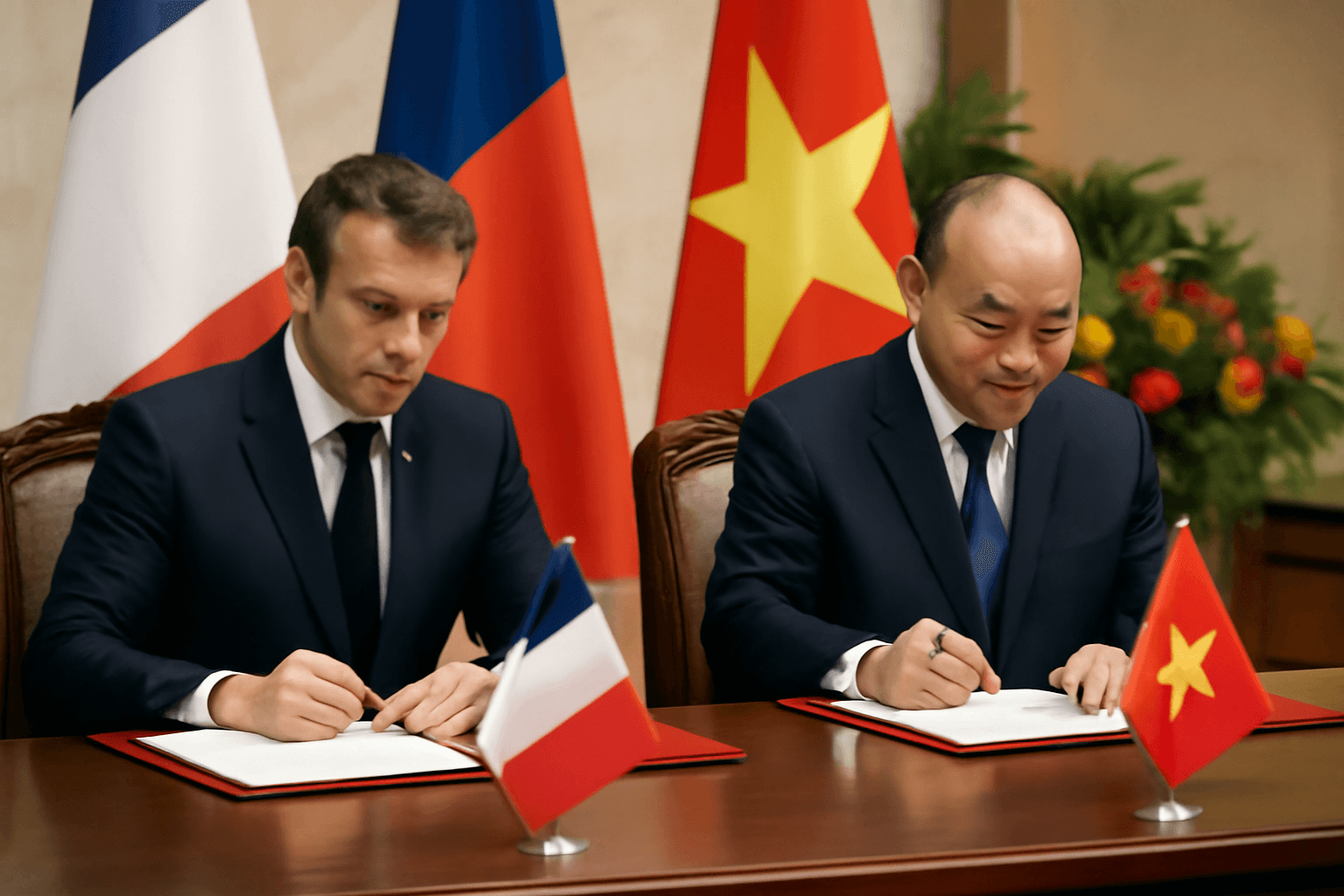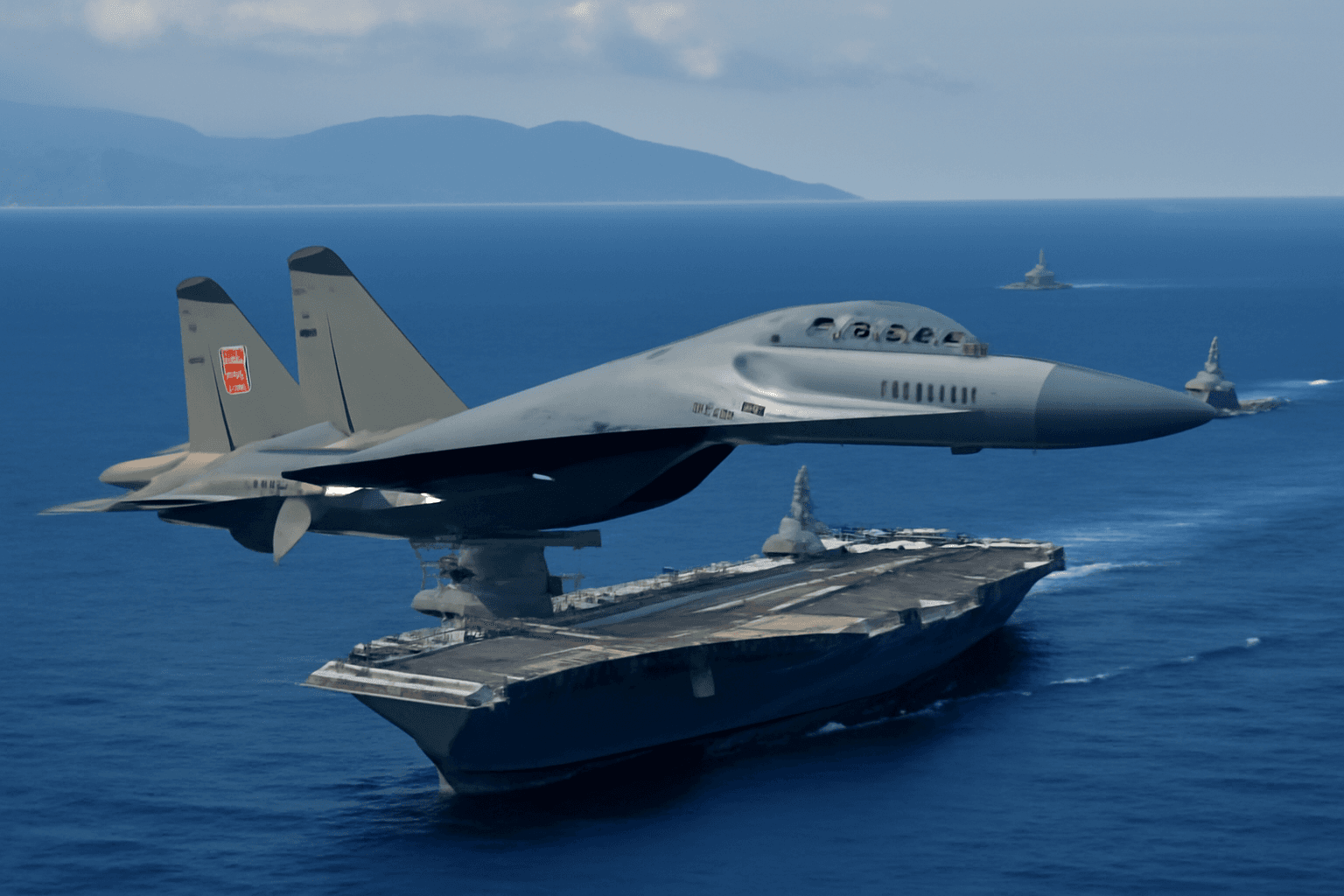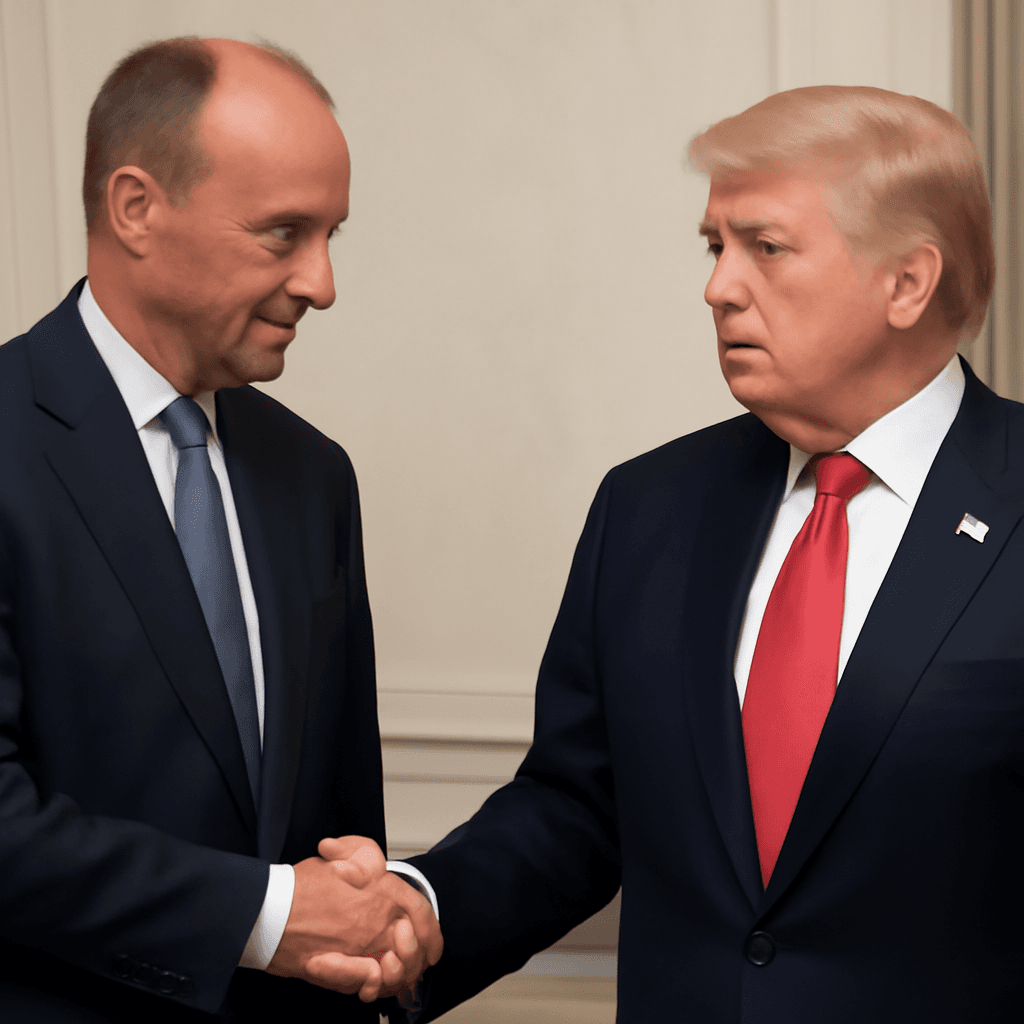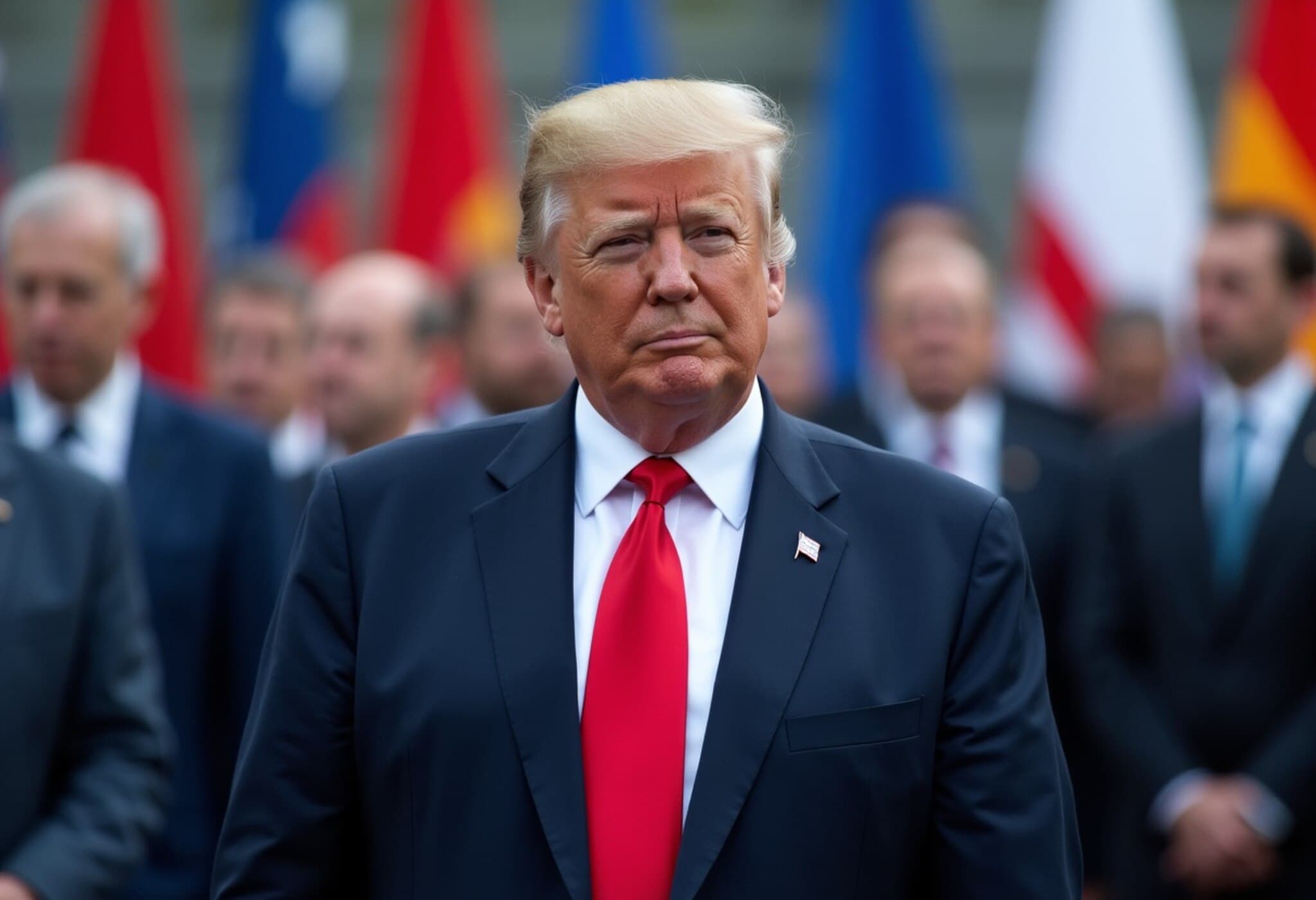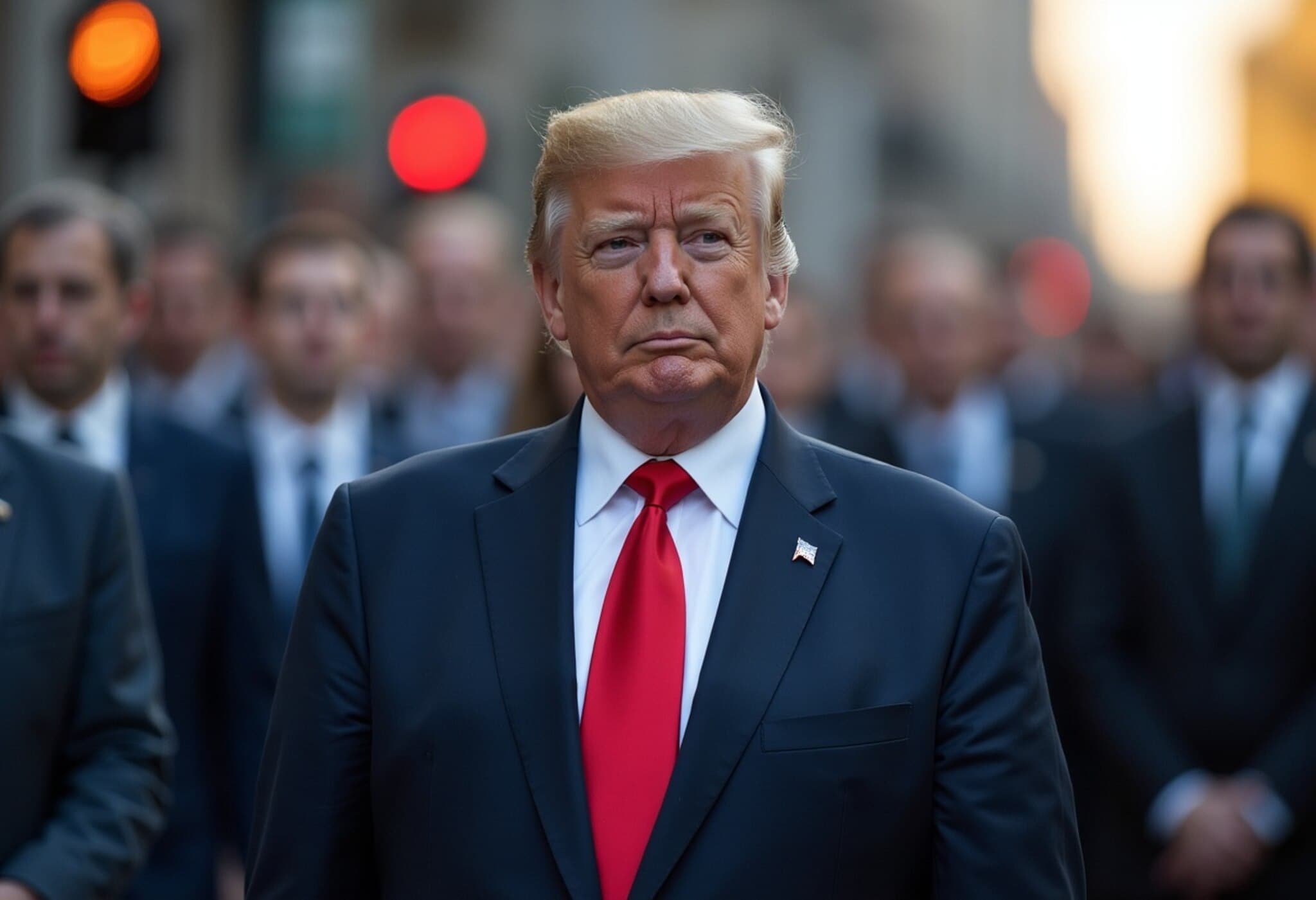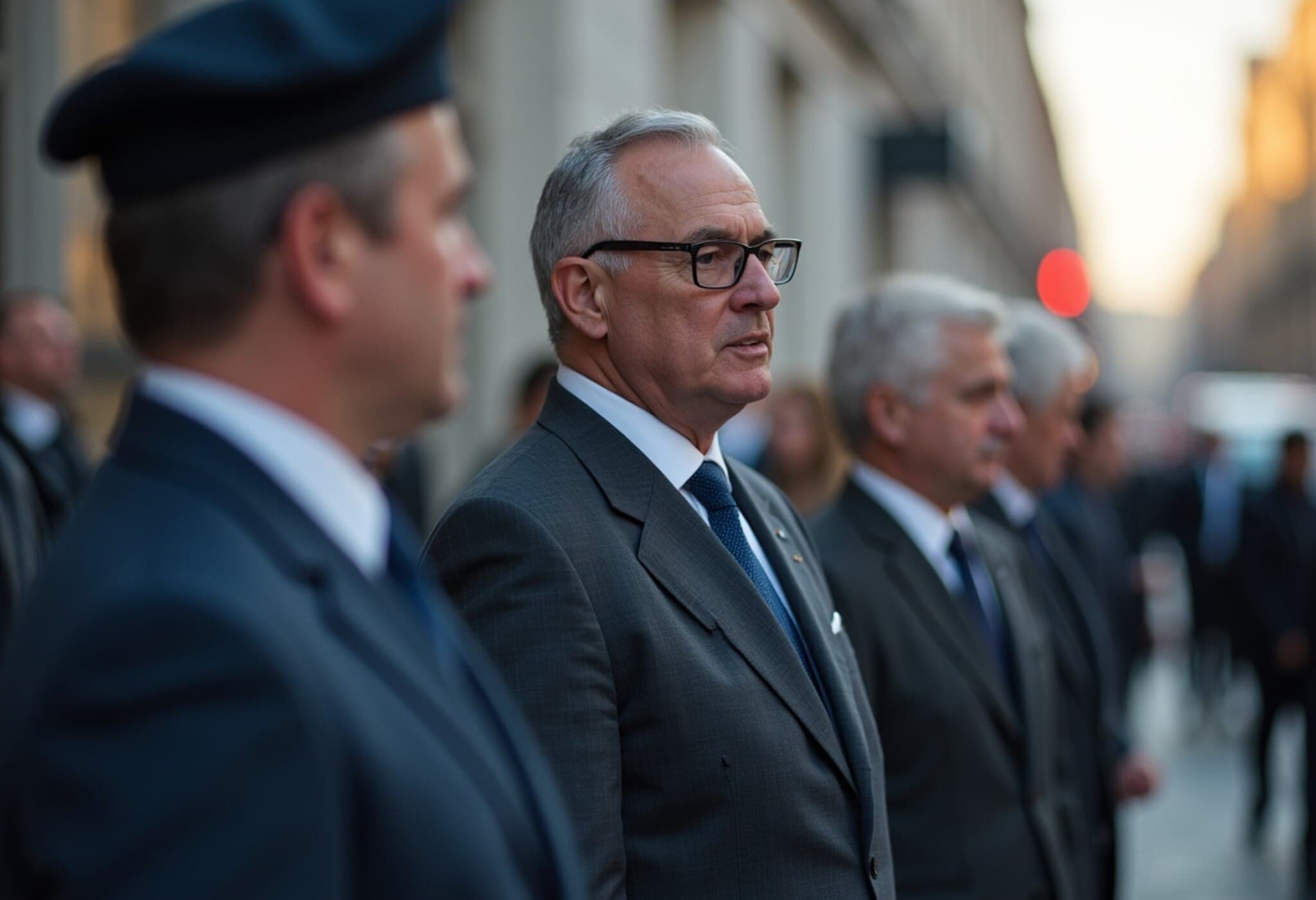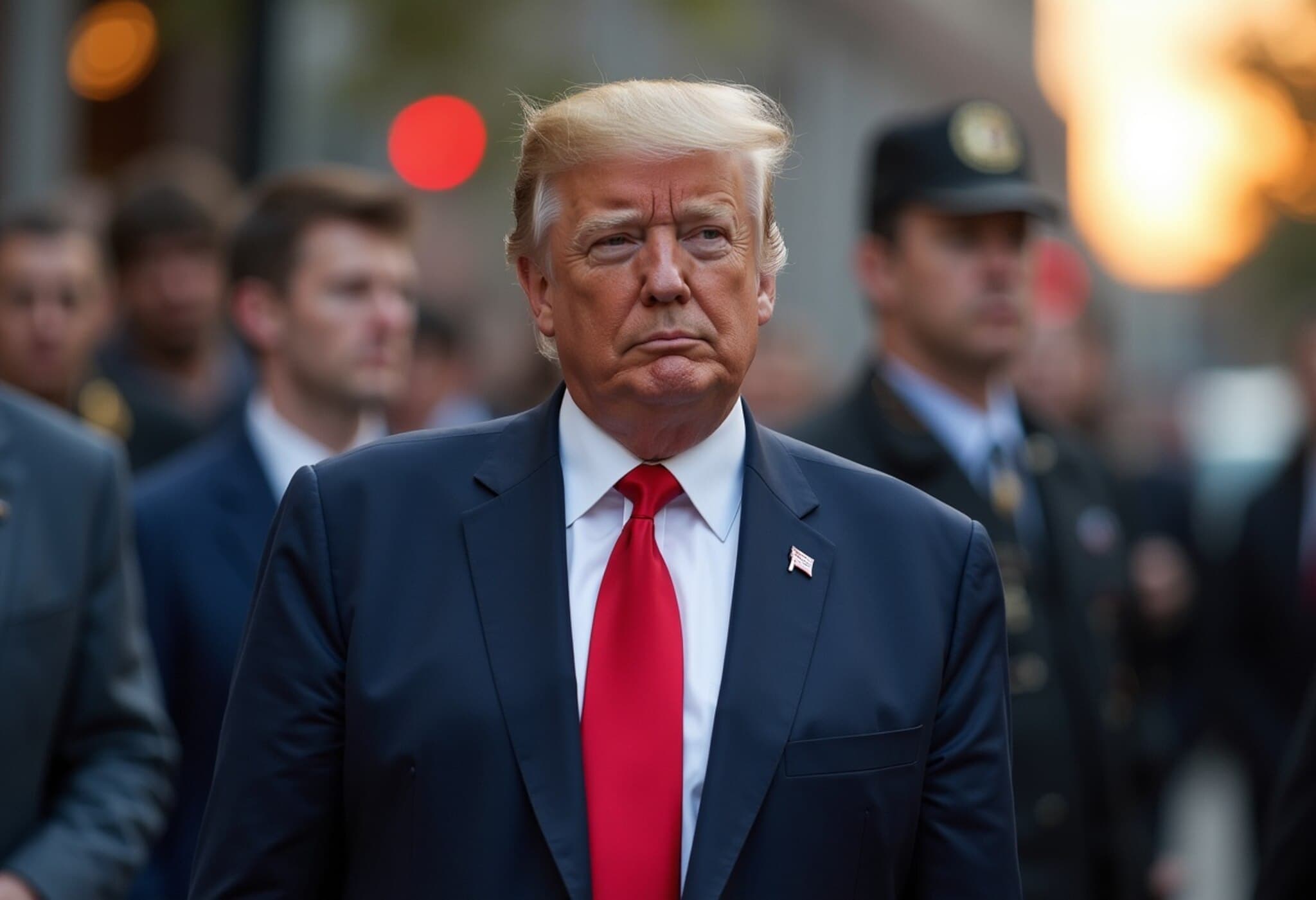NATO Sets Ambitious Defense Spending Goal
In a landmark decision, NATO allies have agreed to boost their defense spending target from the current 2% of gross domestic product (GDP) to a robust 5% by 2035. This represents the most significant shift in the alliance’s defense policy in over a decade, signaling a unified response to escalating global security threats.
A Clear Path Toward Enhanced Security
The new spending framework requires member states to submit annual plans demonstrating a credible, step-by-step approach to meet the heightened target. Specifically, at least 3.5% of GDP should be dedicated exclusively to core defense activities, while the remaining allocation will fund security-related infrastructure, civil preparedness, innovation, and strengthening the defense industrial base.
Addressing Long-Term Threats
The alliance’s declaration highlights growing concerns over Russia's sustained threat to Euro-Atlantic stability and the persistent challenge posed by terrorism. Amid tense geopolitical climates, including ongoing conflicts and recent instability in the Middle East, the NATO community asserts its commitment to collective security.
Upholding Article 5 and Collective Defense
NATO leaders also reaffirmed their "ironclad commitment" to Article 5, the cornerstone of the alliance asserting that an attack on one member is an attack on all. This came at a crucial time following doubts expressed about the United States’ reliability in honoring this pledge.
In a joint statement, the alliance emphasized its unity in protecting over one billion citizens and safeguarding democratic values.
Leadership Perspectives and Next Steps
NATO Secretary General Mark Rutte described the agreement as a “quantum leap” for the alliance, predicting enhanced security and economic benefits, including job creation. He stressed that while the agreement marked an important first step, rapid innovation and swift action are vital.
Rutte noted the explicit expectations from the United States, underlining that European allies and Canada are stepping up their contributions after years of urging from Washington.
Challenges Within the Alliance
Some members, such as Spain, initially voiced reservations about the increased targets. However, leaders remain confident about widespread commitment across the alliance. Rutte expressed trust in the United States’ dedication to NATO's core principles despite earlier ambiguities regarding Article 5.
Looking Ahead
This historic consensus reflects NATO’s resolve to face evolving security landscapes together. While challenges remain in implementation, the alliance’s commitment to a higher defense spending standard aims to ensure robust collective defense capabilities through 2035 and beyond.



